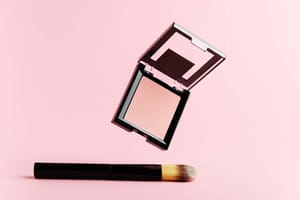Ever thought about what life would be like without all the goodies from the beauty world? I mean, imagine waking up to a world where there are no fancy personal products, no cool beauty gadgets, and definitely no relaxing spa treatments to look forward to.
Personally, I'm pretty thankful that the beauty world exists. It's easy to think it's a recent thing, but truth is, folks way back in ancient times were also all about looking good and beautiful. And hey, who can blame them?
The beauty world isn't just about looking pretty though; it's a big deal globally. It gives jobs to a whopping 670,000 folks worldwide, and it's a major player in boosting economies around the globe.
So, because the beauty world is such a big deal, let's dive into it with a fun Beauty Industry Analysis. We'll explore how it's changed over time and why it matters so much today. From ancient beauty secrets to the latest trends, it's a journey worth taking!
Exploring the Evolution of the Beauty World
Ancient literature, paintings, and sculptures depict the use of beauty products in the Greek, Egyptian, and Roman empires. People in these empires used various natural products for skin, beauty personal care and applied oils on their hair to look good.
Even in the Middle Ages, people used natural products to look good on their skin and hair. At that time, beauty products weren't being manufactured massively. However, some people used to manufacture and sell beauty products in the markets.
In the 18th and 19th centuries, the use of beauty products decreased after people realized that lead, which was used in cosmetic products, was toxic. In the 19th century, people also restricted the use of cosmetic products due to Queen Victoria's conservative values.
However, in the early 20th century, the beauty industry started to thrive. There were several reasons for the flourishment of the industry. The demand for beauty products increased due to the influence of Hollywood.
Top Hollywood actresses influenced many people to wear makeup and do their hair similarly. As a result, the demand for beauty products increased.
Moreover, after industrialization, mass production of beauty products started, which made them easily available in the markets at affordable prices.
Currently, the beauty industry is one of the biggest industries operating. Its worth was $528.6 billion in 2022. Due to the influence of TV and social media, more people started using beauty products, and as a result, the demand for beauty products has increased significantly.
Alright, now that we've delved into the nitty-gritty of how the beauty industry operates, let's take a closer look at what exactly industry analysis is all about. Think of it as a handy tool that gives us the lowdown on everything happening within a particular industry.
So, how do we go about conducting this analysis? Well, it's as easy as one, two, three! Here's the scoop:
- Check out the Industry Life Cycle: First up, we've got to figure out where the industry stands in its life cycle. Is it just starting out, booming like crazy, or maybe it's hitting a bit of a plateau? Understanding this helps us gauge what's coming next and how to navigate it.
- Size up the Competition with Porter's Five Forces Model: Next, we take a peek at who else is in the game using Porter's Five Forces Model. This bad boy helps us size up the competition, see where the power lies, and figure out how we can stand out in the crowd.
- Environmental Analysis with SWOT and PESTLE: Last but not least, we dive into the nitty-gritty of the environment surrounding the industry. This means looking at our strengths, weaknesses, opportunities, and threats (aka SWOT analysis), as well as considering the broader political, economic, social, technological, legal, and environmental factors (PESTLE analysis) that could shake things up.
So, armed with these three steps, we're ready to tackle the beauty industry head-on. It's time to roll up our sleeves, dig into the beauty industry statistics, and uncover what makes this industry tick! Let's dive into the beauty industry analysis and see what gems we can unearth.
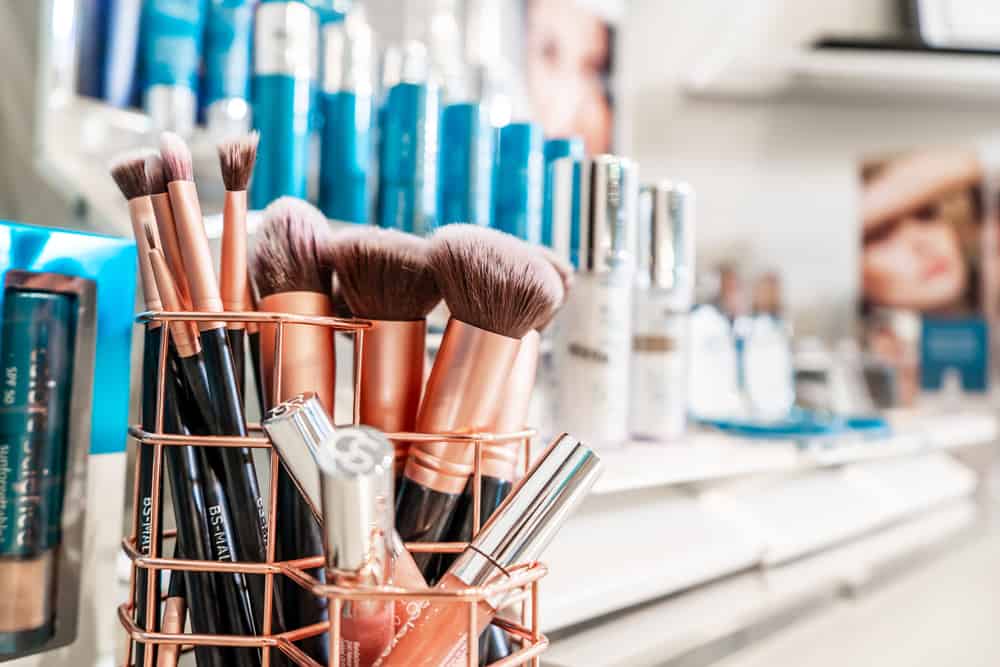
Beauty Industry Life Cycle
This is the first stage of industry analysis. The purpose of conducting an industry life cycle is to identify an industry's current position. An industry life cycle has five stages.
The first life cycle stage is the startup stage, followed by the growth stage. After that, an industry enters three more stages: shakeout, maturity, and decline. This section will examine the different stages of the beauty industry's life cycle.
Startup Stage
The first stage of the industry life cycle is the startup stage, which refers to an industry's initial days. At this stage, people are unaware of what the industry offers. There is very little competition since there are only a few companies in the industry at this stage.
The beauty industry went through the startup stage during ancient times and the Middle Ages. Back then, people were less aware of the beauty industry as it had not taken off yet.
Growth Stage
In the growth stage, industries experience growth. People become aware of the industry at this stage, and more companies enter it. The industry expands, and its customer base increases.
In case of the beauty industry, it went through a growth stage during the 19th and 20th centuries. The Industrial Revolution helped the beauty industry to grow. After the Industrial Revolution, mass production of beauty products started, due to which they became readily available.
Shakeout Stage
The shakeout stage represents a stage where the industry starts to get saturated as the competition increases. At this stage, big players in the industry force small players out of the market or acquire them.
The beauty industry went through a shakeout in the mid-20th century. Big names such as Loreal and Estee Lauder emerged as significant players.
Maturity Stage
The maturity stage follows the shakeout stage in the industry life cycle. The industry operates at its maximum potential in this stage, and the growth rate falls. Companies in the industry make maximum profits at this stage.
The beauty industry has reached maturity. A few companies hold the maximum market share. Moreover, the industry's growth rate has dropped. It is expected to grow at a rate of 3.32% in the coming five years.
Decline Stage
The decline stage is the last stage of the industry life cycle. In this stage, the industry's growth declines and experiences losses. Due to this, companies begin to exit the industry.
Currently, the beauty industry is observing an annual growth of 3.32 percent, so it is not near the decline stage. Moreover, the demand for beauty products is very high and increasing with the increase in population.
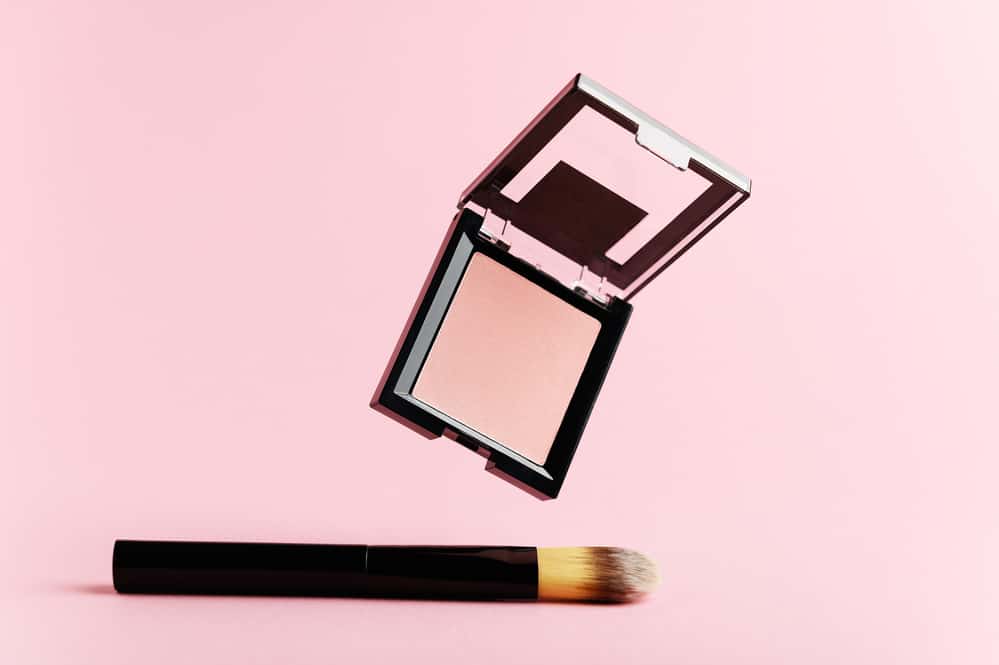
Assessing the Competition: Porter's Five Forces Model
After conducting the industry life cycle, the second step of the industry analysis is to assess the competition using Porter's Five Forces Model.
Porter's five forces model analyses the level of competition within an industry through different steps. So, let's proceed and discuss the competitiveness in the beauty industry.
Competitive Rivalry
This section of Porter's five forces model highlights the competitiveness among firms in an industry. The companies in the beauty industry compete with their rivals. All the companies produce similar products. Hence, they compete with each other based on price and quality.
Companies in the beauty industry spend millions of dollars on marketing to gain an edge over their competitors. For example, Loreal spent 12 billion Euros on advertising in 2022. The level of competition in the beauty industry is very high, and every company is trying hard to maximise its market share.
Supplier Power
Supplier power is the ability of suppliers in an industry to influence prices. Suppliers have more power if fewer suppliers are in the market than companies.
Suppliers have little power in the beauty industry since the raw materials provided by the suppliers are very basic. Moreover, many suppliers exist in the market, so the supply is in excess.
Buyer Power
Buyer power is the power buyers have to dictate the prices. The amount of buyer power depends on the number of substitutes available in the market. If plenty of substitutes are available, buyers will have significant power to dictate the prices.
Consumers in the beauty industry have significant power to dictate the prices since many companies operate in this industry. Hence, buyers have the option to switch from one company to another.
Threat of Substitution
Companies fear being substituted, and the threat of substitution increases as the number of companies in an industry increases.
The threat of substitution is high in the beauty industry. Companies are constantly afraid of getting substituted by their rival. This is why they spend a lot of money on marketing and R&D to retain their customer base.
Threats of New Entry
This section highlights existing firms' fear of new firms snatching their market share. However, in the beauty industry, the existing companies aren't threatened by new entrants since entry into the beauty industry requires a lot of capital.
Moreover, the existing firms have already consolidated their market position. Hence, it is very difficult for a new entrant to snatch the market share of the existing players.
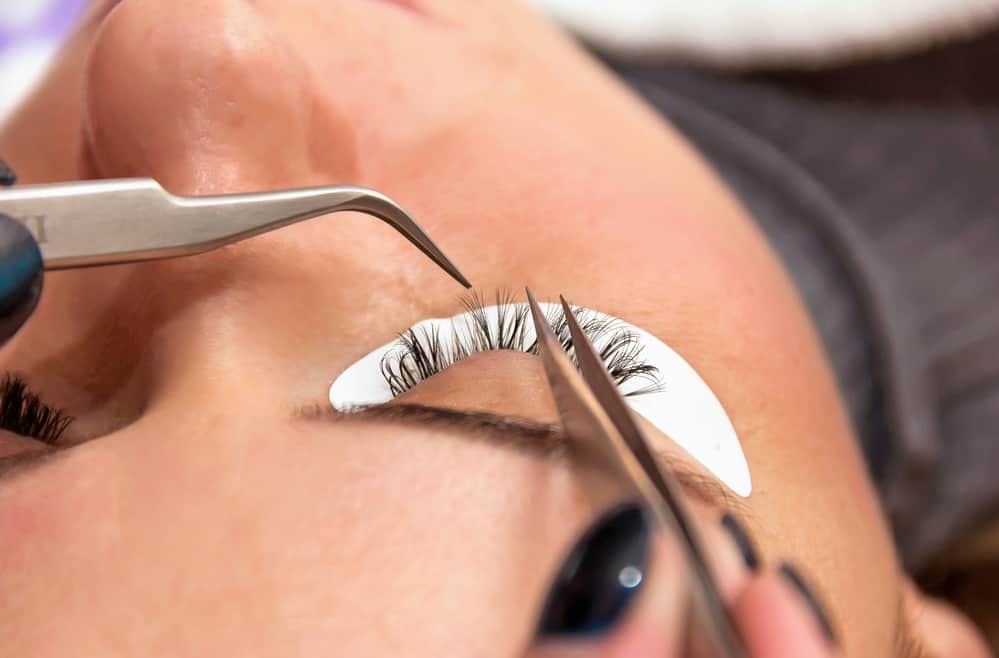
Environmental Analysis
Conducting environmental analysis is the final step of the industry analysis. In this step, we will conduct the SWOT and PESTLE analyses to see how internal and external factors impact the beauty industry's operations. Let's proceed and conduct the PESTLE analysis of the beauty industry.
PESTLE Analysis of The Beauty Industry
PESTLE analysis is a tool for identifying external factors that affect an industry's operations. The word PESTLE represents political, economic, social, technological, legal, and economic factors that impact an industry.
Now, let's proceed with the PESTLE analysis for the beauty industry analysis we are conducting today here.
Political Factors
Government trade and tariff policies can impact the beauty industry's operations. This is because beauty product manufacturers often source their raw materials from different countries and export their products.
Economic Factors
Interest rates can significantly impact the sale of health and beauty products. Whenever the state bank increases the interest rate, consumers save money instead of spending it, decreasing the demand for beauty products.
Social Factors
In some societies, applying makeup and using beauty products is considered taboo. Therefore, the demand for these products is lower in these societies, and the beauty industry cannot generate much revenue.
Technological Factors
As technological developments occur, manufacturers of beauty products can use the latest technology to produce more efficiently. Moreover, companies in the beauty industry can use AI and machine learning to target potential customers and increase their customer base.
Legal Factors
Manufacturers of beauty products must ensure that they do not use toxic chemicals or materials in the manufacturing process. Otherwise, they might have to face lawsuits.
Environmental Factors
Due to global warming and climate change, the frequency of natural disasters has increased. Natural disasters can affect the supply chain of the companies in the beauty industry. This will financially damage the companies in the beauty industry.
We conducted a PESTLE analysis of the beauty industry earlier. If you want to examine the external factors that affect the beauty industry in detail, take a look at it.
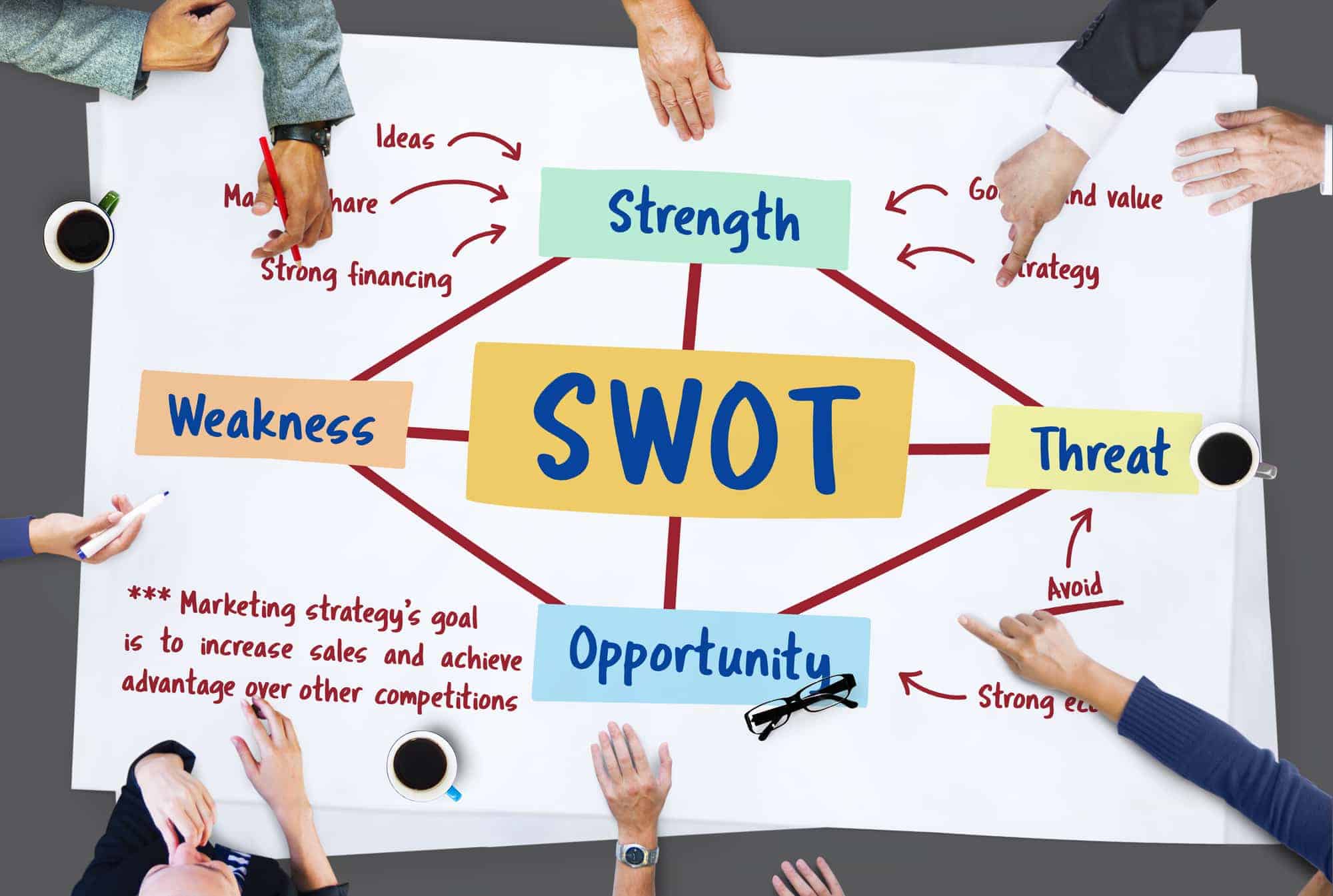
SWOT Analysis of The Beauty Industry
SWOT analysis is a tool businesses use to analyze the strengths, weaknesses, opportunities, and threats faced by different industries. Toward the end of this beauty industry analysis, we will conduct a brief SWOT analysis of the beauty industry.
Strengths
Due to strong marketing and innovation, beauty brands have a loyal customer base. These customers ensure that the beauty industry keeps generating revenue.
Moreover, the beauty industry also has a wide global reach. Manufacturers of beauty brands are present across the globe, due to which beauty products are available easily across the globe.
Weaknesses
There is a general perception that beauty products are harmful. This stigma has a damaging impact on the beauty industry's reputation. Due to this, many people avoid using beauty products.
Opportunities
The beauty industry can improve its reputation by clearing the misconceptions about it. Beauty brands can launch ad campaigns to tell people that beauty products are not harmful.
By doing so, the customer base of the beauty industry can increase significantly, which will cause the industry to grow.
Threats
One of the threats that the beauty industry faces is a global recession. When global recessions occur, consumers' buying power decreases, thus decreasing the demand for beauty products.
As we dive deeper into our beauty industry analysis, it's crucial to keep a finger on the pulse of current beauty industry trends, ensuring our insights are grounded in the dynamic landscape of consumer preferences and market shifts.
What is the trend in the beauty industry?
Ah, the ever-evolving world of beauty! So, what's the scoop on the latest trends in the beauty industry? Well, let me break it down for you.
You see, the beauty industry is all about keeping up with the times, and right now, there are a few key trends that are turning heads and shaking up the scene:
- Clean Beauty: One big trend that's been gaining momentum is the move towards clean beauty. Folks are becoming more conscious about what they're putting on their skin, opting for products with natural, non-toxic ingredients. It's all about embracing that au naturel vibe and giving your skin the TLC it deserves.
- Inclusivity: Another major trend making waves in the beauty world is the push for inclusivity. From a wider range of foundation shades to celebrating diverse beauty standards, there's a growing movement towards representation and acceptance for all. It's about time everyone feels seen and celebrated in the world of beauty!
- Tech-Savvy Solutions: Oh, and let's not forget about the tech side of things. The beauty industry is embracing innovation like never before, with everything from AI-powered skincare to virtual try-on tools. It's like living in a sci-fi movie, but with better hair and makeup!
- Sustainable Practices: Last but certainly not least, sustainability is a trend that's here to stay. Brands are taking a hard look at their environmental impact and finding creative ways to reduce waste, use eco-friendly packaging, and support ethical sourcing practices. Because let's face it – there's nothing beautiful about harming the planet.
Beauty Industry Analysis: Final Word
So, let's wrap things up by taking a moment to appreciate the sheer magnitude of the beauty world. This isn't just any ol' industry; it's a powerhouse that touches the lives of millions and shapes the way we perceive ourselves and others.
Think about it: the beauty industry isn't just about slapping on some makeup or smoothing on a moisturizer. It's about tapping into something deeper – our desire to feel good and beautiful, both inside and out. And boy, does it deliver.
From the mom-and-pop shops of yesteryear to the global beauty care giants of today, this industry has come a long way. Sure, it might've started out as a humble affair, but thanks to the wonders of the Industrial Revolution, things really kicked into high gear in the mid-19th century. That's when mass production of cosmetics began, paving the way for the beauty industry we know and love today.
But here's the thing: even before all the fancy factories and glossy ads, the spirit of the beauty world was alive and kicking. People have been chasing after the elusive ideal of beauty since time immemorial, using whatever tools and techniques they had at their disposal. And while the methods might've changed over the years, that underlying desire to look and feel our best has remained constant.
So, as we wrap up today's discussion, let's take a moment to appreciate the beauty industry for what it truly is – a testament to our shared quest for all things good and beautiful. Whether it's through a swipe of lipstick or a spritz of perfume, the beauty world has a way of bringing a little extra sparkle into our lives.
Here's to embracing our inner glam and celebrating the magic of cosmetics – because, hey, who says looking fabulous can't be fun? Cheers to the beauty industry and all the wonders it has in store!


